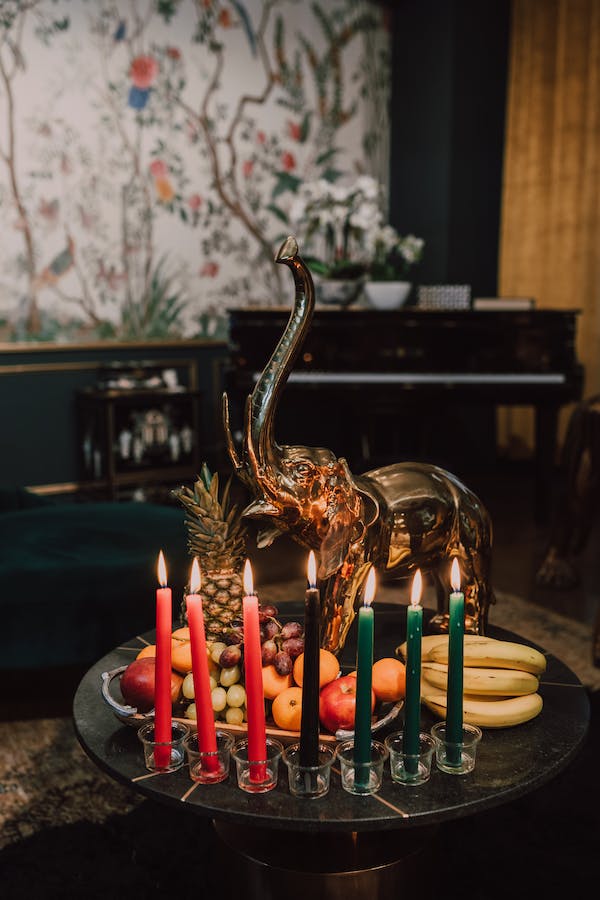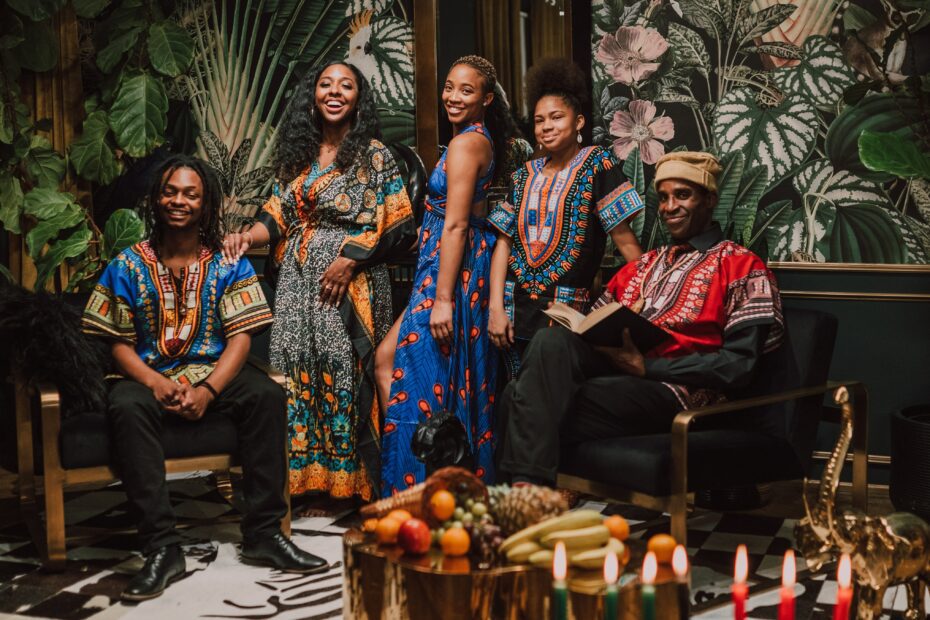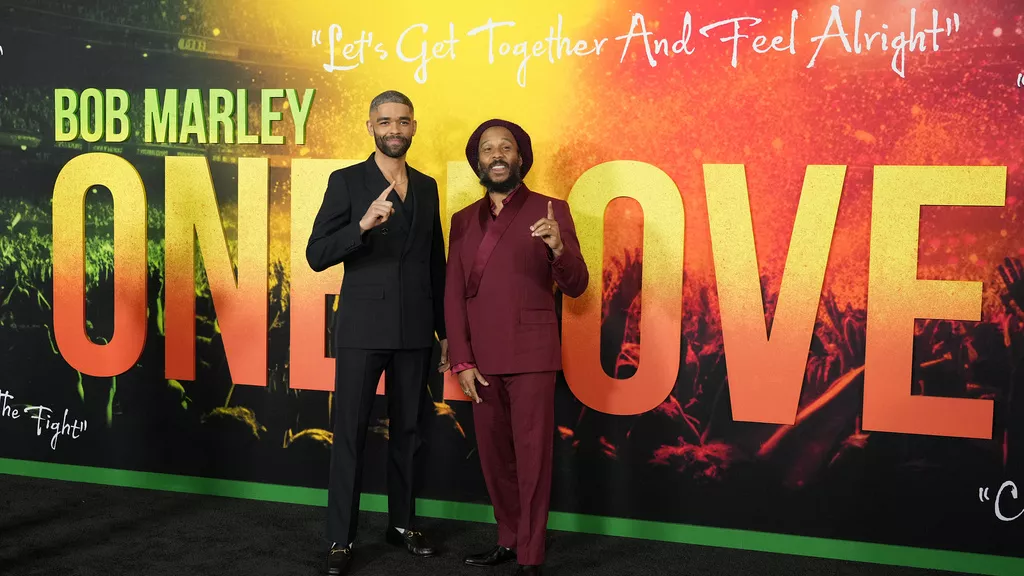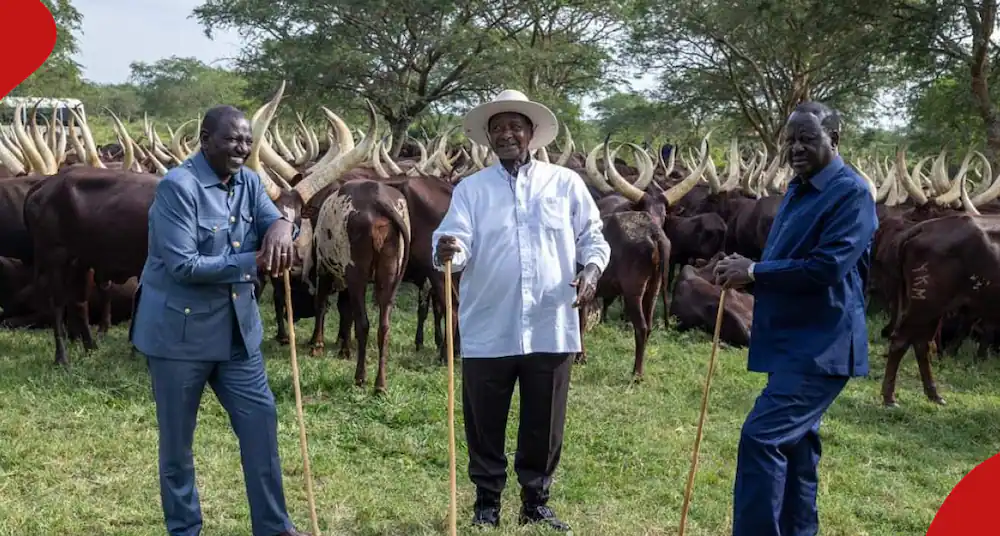Symbolism plays an important role during Kwanzaa holiday. The celebrations which is marked between December 26 and January 1 prioritizes the use of seven candles as part of the celebrations. The seven candles are also known as Mishumaa Saba in Kiswahili.
The seven candles represents the seven principles of the Kwanzaa holiday. They are integral in marking the Africa lifestyle and its growth. The candles are placed in a candleholder called Kinara and are among the essential symbols of Kwanzaa holiday. The candles include one black candle, three red candles and three green candles. Each candle had a distinct meaning and represents the African lifestyle.
The seven principles of Kwanzaa are unity, self-determination, collective work and responsibility, cooperative economics, purpose, creativity and faith.
On December 26, all the candles are placed on a candelabra.
At the beginning of the celebration, all candles are placed on the kanara, or candelabra. The black candle is placed in the middle and all of the red candles are placed to its left. All of the green candles are located to the right.
One Black Candle
The black candle represent the principle of unity. The candle is lit during the first day of the holiday. The first day of Kwanzaa holiday represents the theme of unity (Umoja). The black candle is the first candle to be lit on December 26. The three red candles and the three green candles are placed on either side of the black candle to represent the other principles.
In this context, the candle represents the African American people and also the African lifestyle.
Three Red Candles

Caption: A photo of the three red candles places in the left of the black candle. The green candles are placed on the right/Photo credit: Courtesy
The three red candles of Kwanzaa represents three different principles defining the African lifestyle and the African-American people. The three represents the principals of self-determination, collective work and responsibility as well as cooperative dynamics.
How the three candles are lit
Day Two: One of the red candles representing self-determination is always lit to represent Day two of the Kwanzaa holiday.
Day Three: The third day of the Kwanzaa holiday represents the principle of collective work and responsibility. The fifth candle is lit to represent the third day. This represents the efforts to preserve and restore the traditional Africa lifestyle of the African Americans and the Pan-Americans.
Day Four: The third red candle is lit to represent the fourth day of the Kwanzaa holiday. The day represents the principles of cooperative economics.
READ ALSO: Kwanzaa, a Celebration of African Heritage to Brighten Your December Festivities
Three Green Candles
The three green candles lit during Kwanzaa holiday also represents three different principles. While the black candles are placed on the left, the green candles are placed on the right.
Day Five: The green candle represents principle of purpose. This candle is the sixth candle lit. Through the principle, African-Americans appreciate personal development as development of a community.
Day Six: One of the green candles represents the principle of creativity. During the celebrations, it is always the fourth candle lit. Through the principle, Kwanzaa participants strive to make a difference in the community through their skills.
Day Seven: The last candle to be lit represents the last day of the holiday as well as the principle of faith. There is a belief that faith is a major driver of all successes. During this day, the participants appreciate their struggles and dedication to achieve their goals and transform their local communities. Additionally, during the last day, all the seven candles are lit to represent all the seven principles.



